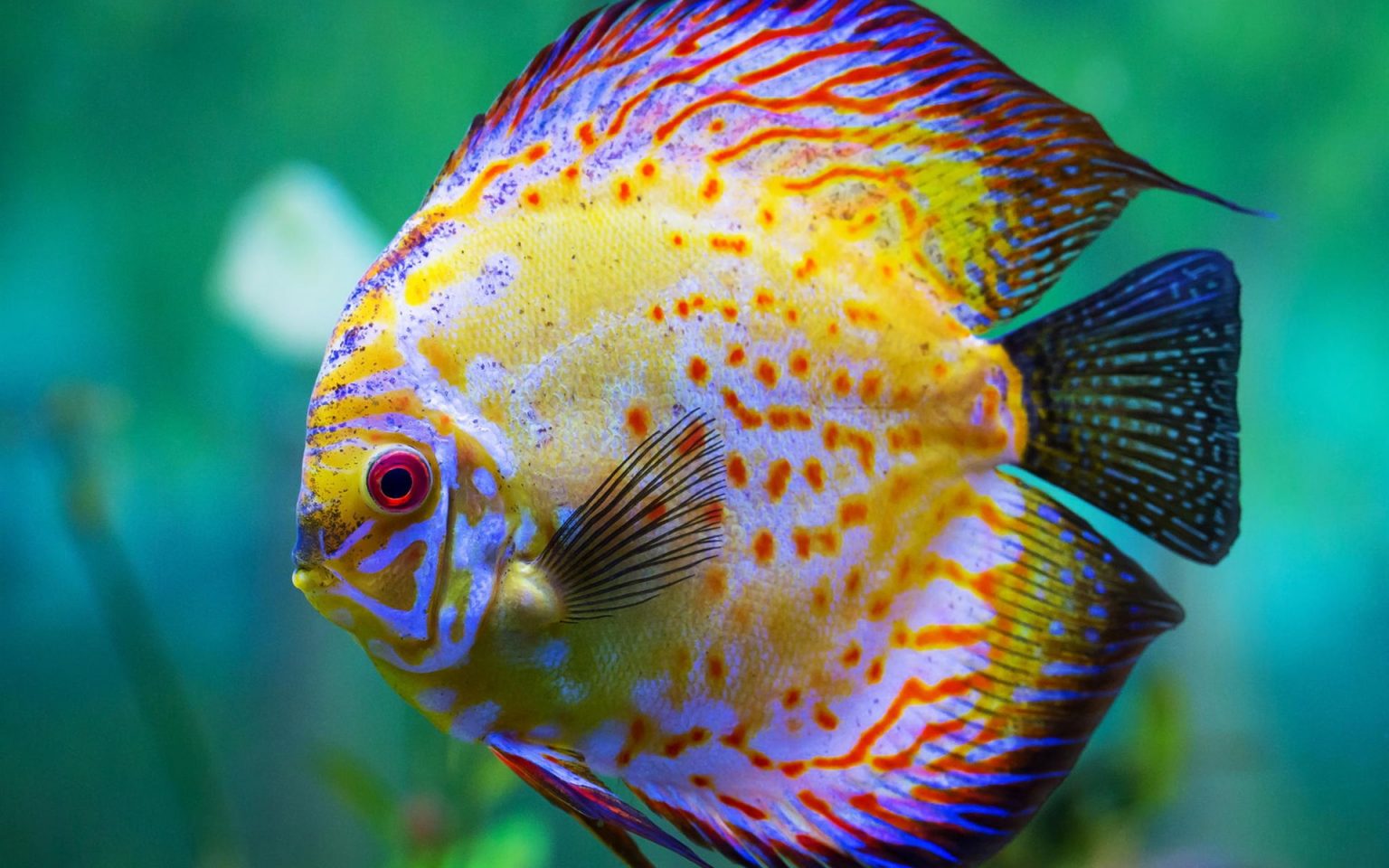
The importance of knowing what you're looking at and carefully If you become interested in breeding them, this will provide a good Good number, six or more, as some may well not "make it" and "juiced" (treated with hormones to enhance theirĬolor'¦ temporarily), and of good value. Ask around'¦Įspecially on the Internet'¦ re whose discus are quality, not Reasons'¦ they take time, care, money to breed, raise to Investigate before you buy! Discus ARE expensive, for good This will reduce a great deal of inter-specificĪggression and start the process of social adjustment for all on an The same size and introduce them to their permanent home simultaneously

If possible purchase your entire discus at the same time, of about Investigating the wild animals for some other purpose, do look to Unless you're bolstering your genetic stock, Captive-producedĭiscus are outright better'¦ and more colorful than You can, acclimated to your water conditions'¦ fed foods youĪre likely to be able to purchase and/or prepare. It is best to buy the most "local" source discus livestock Wild-collected specimens are very likely to be carriers of parasites. Shipping'¦ adjustment to captive conditions. Perish'¦ from the rigors of capture, holding, handling & If you can, don't! Wild fishes are far more likely to What we're all looking at and for and often can be a key toĭetermining the source, place of the actual breeding colony. Just the same, names are important for placing exactly Most are regional in scope and more useful for marketing the fish thanĭescriptive. There are a few schemes for naming, describing discus varieties. Many more subspecies'¦ the jury is indeed "still (Al Klee, Marc Weiss et al.) that there is but one species of discus,Īnd others (notably Heiko Bleher) that there are at least three and Wild Discus distribution mapping can be found on the net at:


Light brown body with intense blue striations on the head, Reddish brown body with blue striations on the head, dorsal Nine vertical bars of the same size, prominence, typicallyīrownish green base color with pale green striations, esp. Yellow to brown in color with light blue striations. Nine dark vertical bars, the fifth prominent and present at Mutations, man-made varieties'¦ and a dizzyingly complex aequifasciatus axelrodi (Schultz 1960) and S. aequifasciatusĪequifasciatus (Pellegrin 1903), S. discus willischwartzi (Burgess 1981 ), S. aequifascateus (Pellegrin,ġ903)) and five subspecies ( S. Officially, Discus comprise two cichlid species ( Symphysodonĭiscus (Heckel, 1840) and S. Juraparoids/Eartheaters, Dwarf South American Cichlids, Cichlids of the World, Related FAQs: Discus, Discus 2, Discus Identification, Discus Selection, Discus Compatibility, Discus Behavior, Discus Systems, Discus Feeding, Discus Disease 1, Discus Disease 2, Discus Disease 3, & Discus Reproduction,Īngelfishes, Neotropical Cichlids, Cichlid Fishes, Cichlid Systems, Cichlid Identification, Cichlid Behavior, Cichlid Compatibility, Cichlid Selection, Cichlid Feeding, Cichlid Disease, Cichlid Reproduction,ĭiscus = Wow! by Alesia Benedict, Planted Aquariums: Plants and Discus: What They Need To


 0 kommentar(er)
0 kommentar(er)
